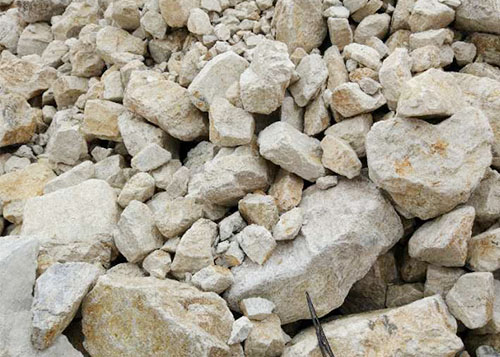Contact person: Li Yan
Tel: 13478023966
Contact person: Gao Tianyu
Telephone 18241295123
Contact person: Ran Entong
Tel: 18804233223
Contact person: Wang Haichuan
Tel: 13591588822
Contact person: Zhang Guobin
Tel: 13104229487
Contact person: Zhang Guoqiang
Tel: 1394 1205541
Website: en.lntalc.com
Address: Wangjiakan Village, Bali Town, Haicheng City, Liaoning Province, China
Talc powder is white or quasi-white, fine, non-sandy powder. Liaoning talc powder feels greasy. It's odorless and tasteless. This product is insoluble in water, dilute mineral acid or dilute alkali hydroxide solution. It can be used as medicine. Talc has excellent physical and chemical properties such as lubricity, flow aid, fire resistance, good gloss and strong adsorption. talc powder is widely used in many fields, and talc powder has certain medical value. What are the functions of talc powder?

First, the effect of heat-clearing and heat-relieving: talc powder has the function of heat-clearing and heat-relieving, and can be used to treat damp-heat and thirst, damp-hot water diarrhea and other symptoms.
2. Cosmetic additives: Containing a large number of silicon elements, can play a role in blocking infrared rays, thus enhancing the sun protection and anti-infrared properties of cosmetics.
3. Antimicrobial effect: talc powder has antimicrobial effect. The medium containing 10% talc powder by plate method had inhibitory effect on typhoid bacillus and paratyphoid A bacilli, while the paper method had only mild inhibitory effect on meningococcus.
4. Used as reinforcing filler: talcum powder filled modified PP has higher tensile modulus and flexural modulus. That is to say, the tensile and bending stresses of the material can be increased.
5. Used as agricultural film insulation agent: talc powder containing silicon mineral has barrier and shielding effect on infrared ray. Adding appropriate amount of this mineral powder in agricultural greenhouse film can improve the infrared barrier of plastic film, thus reducing the heat loss in the greenhouse at night in the form of infrared radiation to the outside of the greenhouse, and improving the thermal insulation of the greenhouse.